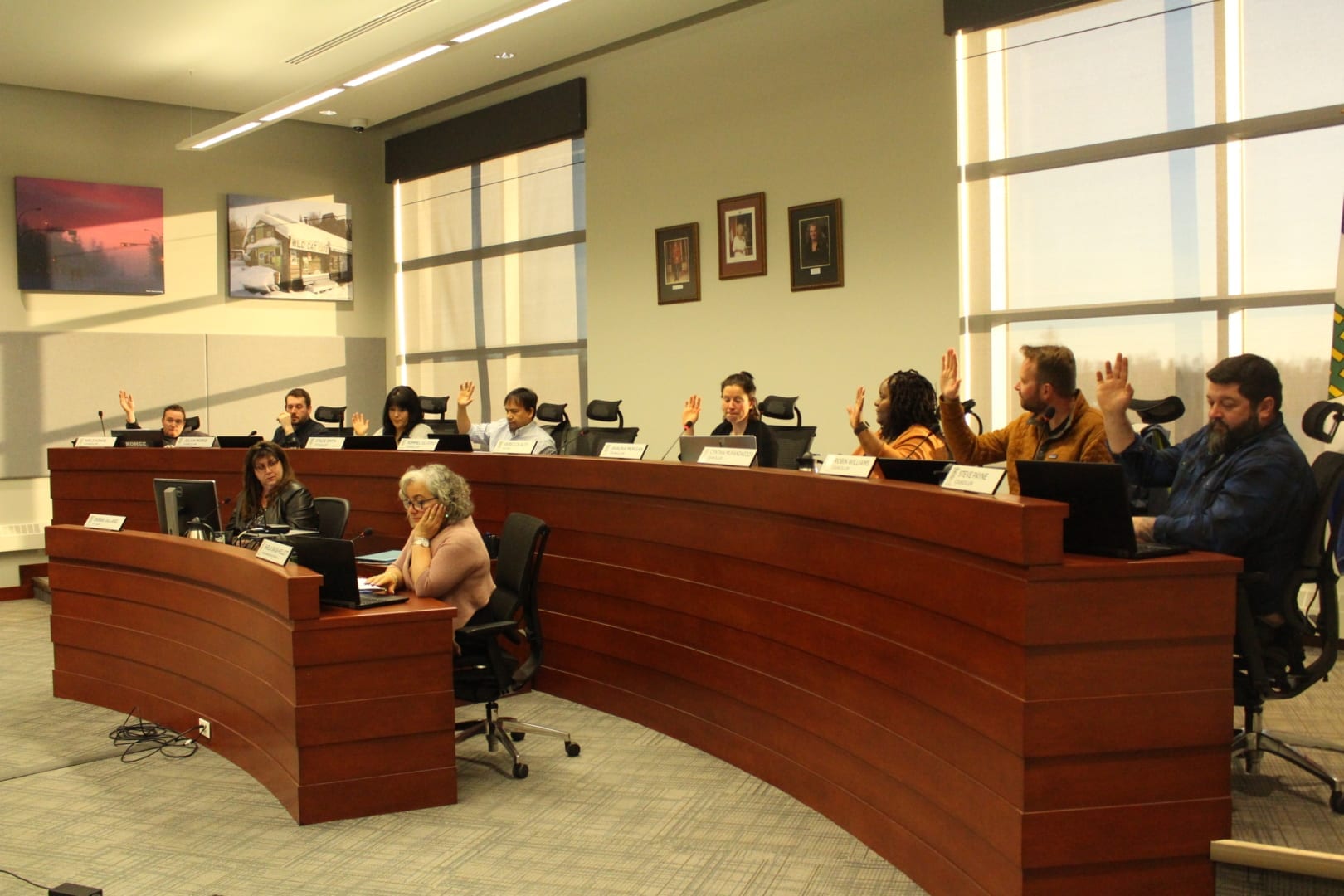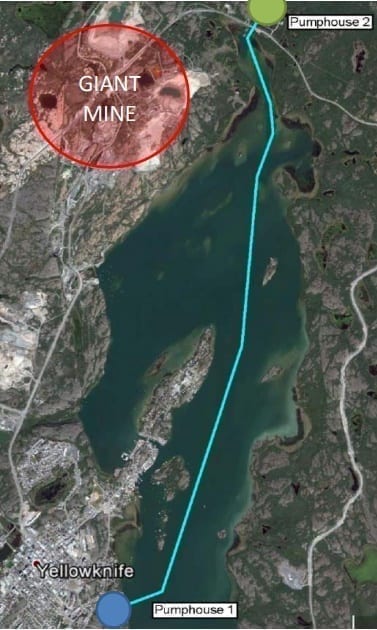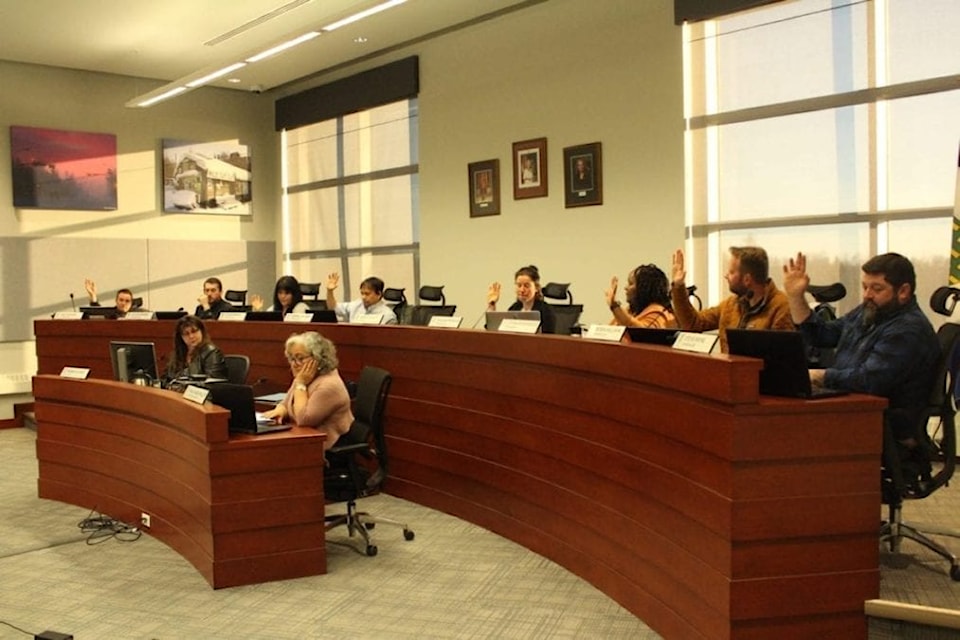On May 13, council unanimously decided to continue using the Yellowknife River as the city's main source of drinking water and began the process of acquiring nearly $26 million in federal funding to replace the community's aging water line.

Brett McGarry/NNSL photo
The funding to replace the 50-year-old water line will come from the federal Disaster Mitigation and Adaptation Fund (DMAF) and was awarded on March 13.
In 2017, a study from engineering firm AECOM was commissioned to determine the best source of drinking water for the city and to weigh all possibilities while assessing possible risks and hazards.
The findings of the study revealed that when cost, water quality, feasibility and other factors were taken into account, the Yellowknife River was the best option for the city.
In January 2018, Dillion Construction LTD completed a third-party review of the study and came to the same conclusion.
At the city council meeting, Coun. Niels Konge expressed concerned about not having enough information on the possibility being "locked in" to the Yellowknife River plan.
Konge also said a complete risk assessment of the possible "catastrophic event," if arsenic frozen in the chambers of Giant Mine ever contaminates Great Slave Lake, had not been completed and presented to council yet.
Councillors also received an eleventh hour email from the GNWT with research that showed that water levels in the Yellowknife river are expected the drop by a foot in 50 years and turbidity levels, which is the amount of suspended particles in water, were also expected to increase.
"I am a little concerned that is going to lock us in to this plan and we haven't gotten all the information on the Yellowknife Bay in terms of reports from AECOM,” said Konge. “If it weren't for a (possible) catastrophic event at Giant Mine, the bay would have good drinking water.”
Sheila Bassi-Kellett, the city's senior administration officer, reminded council of the multiple factors and amount of work that had gone into council's decision.
“Over the past couple years we've gotten background research, we've gotten technical advice from experts. we've come back to council proposing various options we could pursue in order to be able to ensure we've got a good source of drinking water,” said Bassi-Kellett. "We do appreciate the comments that have come from the GNWT quite literally at the eleventh hour. We appreciate what they're saying but we believe we have the means to mitigate this."
Bassi-Kellett noted that the city would lose the available DMAF funding and would have to make extensive changes to the city's water licences application if council changed its mind.
In addition, the Yellowknives Dene First Nation have been strong supporters of the city getting drinking water up stream of Giant Mine, she said.

photo courtesy of the City of Yellowknife.
Chris Greencorn, the city's director of public works, reassured council that the water treatment facility was well equipped to handle rising turbidity in the river.
"The city has received in the past 15 years two major water events,” said Greencorn. “One was in 2004 where we saw spikes of 33.3 NTU (Nephelometric turbidity units) with an average daily rate 19 NTU and the current water treatment plant is designed to handle upwards of 45 to 50 NTU.”
“In the worse case we've seen so far, the water treatment plant was designed to handle those ranges. If ranges ever did exceed those, additional processes could be added to the plant. There is plenty of capacity in the current treatment plant to address the magnitude that our colleagues have flagged."
Mayor Rebecca Alty said this was not the last opportunity to halt the project should a problem arise as it will come up again during budget 2020 discussions.
"We are directing administration to go down this path until any information comes out that is drastically different than what's before us," she said.
Now city administration will enter a contribution agreement with the federal government to get the funding which will represent 75 per cent of the total cost of replacing the pipeline.
The city will be responsible for about $8 million, or about 25 per cent of the project's cost.
